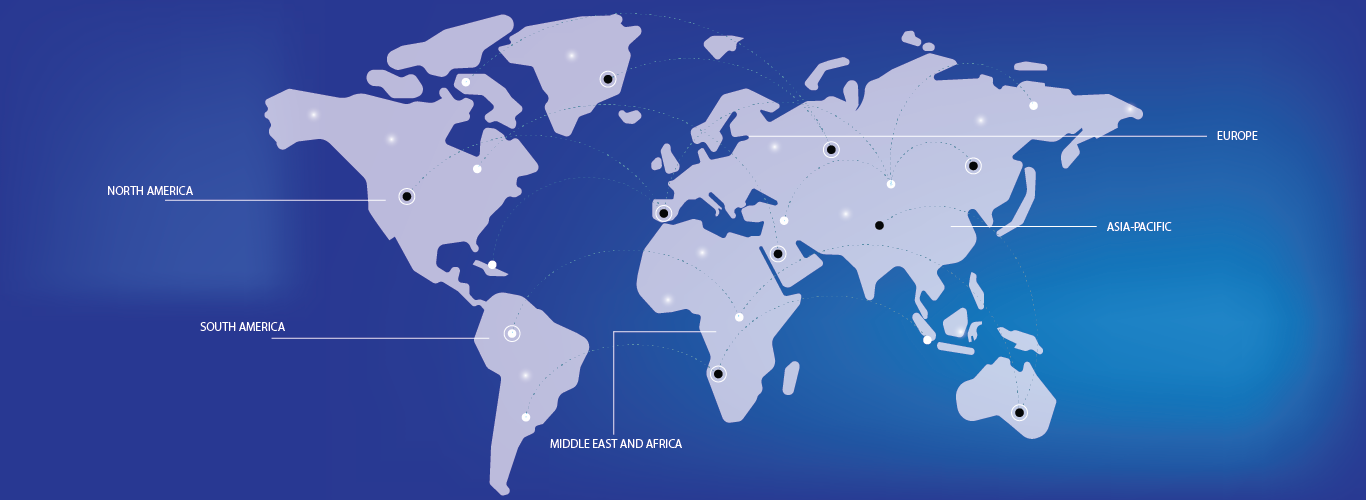식품 캡슐화 시장은 향상된 풍미, 더 긴 유통기한, 식품에서 기능성 성분의 전달에 대한 수요 증가로 인해 상당한 성장을 목격했습니다. 캡슐화 기술은 활성 성분을 보호 코팅으로 둘러싸서 소비 중에 안정성과 제어된 방출을 보장하는 과정을 포함합니다. 이 시장은 마이크로캡슐화 및 나노캡슐화와 같은 혁신으로 식품 첨가물, 비타민 및 프로바이오틱스의 효과를 향상시키는 기술의 발전에 의해 주도됩니다. 건강상의 이점을 제공하는 기능성 식품에 대한 수요와 클린 라벨 제품의 증가하는 추세는 시장 확장을 더욱 촉진했습니다. 이 부문의 최근 발전에는 자연스럽고 지속 가능한 옵션을 찾는 소비자를 끌어들이는 식물성 캡슐화 재료의 도입이 포함됩니다. 이 시장은 또한 식품의 맛, 질감 및 영양가를 개선하는 보다 효율적인 캡슐화 솔루션을 개발하기 위해 R&D에 대한 투자가 증가함에 따라 이익을 얻고 있으며, 이는 전반적인 시장 성장을 촉진합니다.

Frequently Asked Questions
The market is segmented based on Segmentation, By Technology (Microencapsulation, Nano Encapsulation, and Hybrid Technologies), Material Type (Polysaccharides, Proteins, Lipids, Emulsifiers, and Other Shell Materials), Core Phase (Vitamins, Minerals, Enzymes, Organic Acids, Additives, Probiotics, Prebiotics, Essential Oils, and Other Core Phase Materials) – Industry Trends and Forecast to 2032
.
The Global Food Encapsulation Market size was valued at USD 7.19 USD Billion in 2024.
The Global Food Encapsulation Market is projected to grow at a CAGR of 7.35% during the forecast period of 2025 to 2032.
The market report covers data from the U.S., Canada and Mexico, Germany, France, U.K., Netherlands, Switzerland, Belgium, Russia, Italy, Spain, Turkey, Rest of Europe, China, Japan, India, South Korea, Singapore, Malaysia, Australia, Thailand, Indonesia, Philippines, Rest of Asia-Pacific, Saudi Arabia, U.A.E., South Africa, Egypt, Israel, Rest of Middle East and Africa, Brazil, Argentina and Rest of South America.




